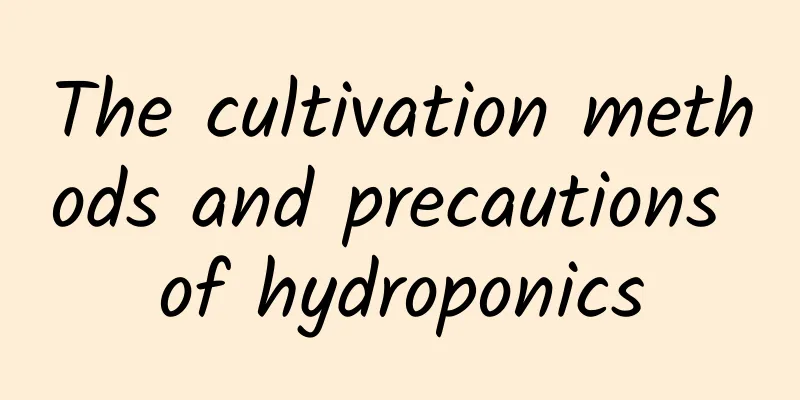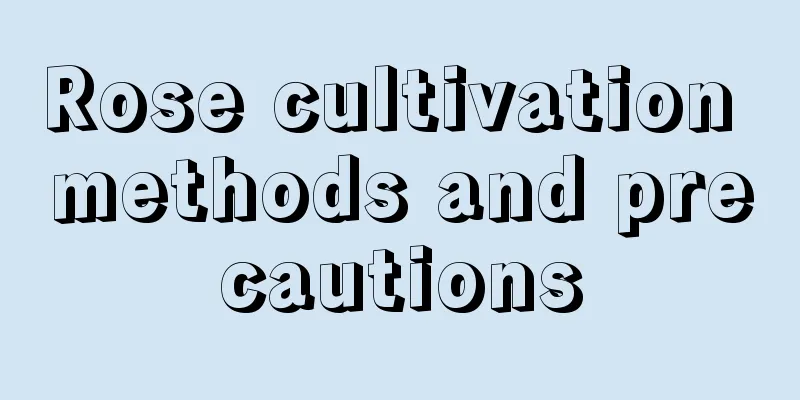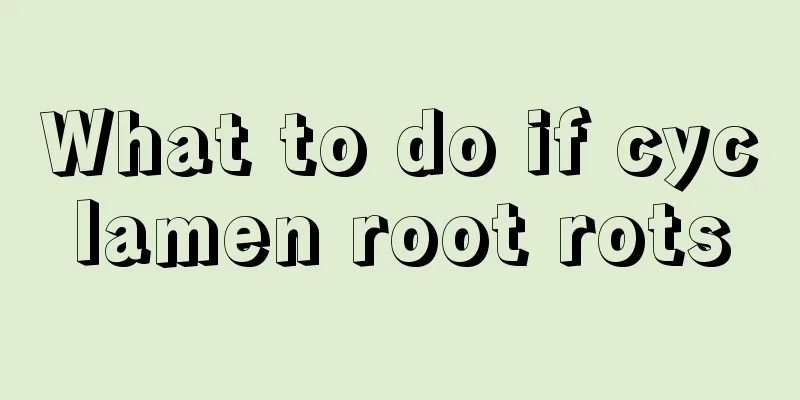Corn planting methods and management techniques

|
Corn, as an extremely common food crop, plays an important role in our daily life and is an important component of coarse grains. With the improvement of living standards, people pay more and more attention to the nutrition and balance of diet. Whole grains are popular because of their rich dietary fiber and low sugar content. Corn is not only a nutritious and healthy food, it also has a wide range of applications in agriculture and industry. Let’s learn about corn planting methods and management techniques. 1. Planting preparation Seed selection: Select corn varieties suitable for local climate and soil conditions, and pay attention to the varieties' disease resistance and lodging resistance to ensure healthy growth and high yield of crops. Seed treatment: screen the seeds, remove unqualified seeds, disinfect or coat the seeds with drugs after drying to promote early germination and strong seedling growth. 2. Sowing and dense planting Sowing time: Sow at the appropriate time when the ground temperature is stable at above 5 degrees Celsius to extend the growing period of corn. Planting density: Determine the appropriate plant spacing based on seed characteristics and soil conditions, generally 35-40 cm is appropriate to ensure light and ventilation in the field. 3. Seedling management Replanting or transplanting missing corn seedlings in time, and thinning out the seedlings to provide sufficient growth space for strong seedlings. Weed control: Regularly remove weeds from the field to reduce competition with corn for nutrients. 4. Fertilization strategy Base fertilizer: Apply sufficient organic fertilizer as base fertilizer, and add appropriate amount of compound fertilizer to ensure the nutrient requirements of corn in the early stage of growth. Top dressing: Apply top dressing at the right time according to the corn growth stage and soil fertility, and use soil testing and formula fertilization technology to improve fertilizer utilization efficiency. 5. Irrigation management Irrigation requirements: less water is required during the seedling stage, so pay attention to drainage; more water is required during the growth period, so irrigate in time according to climatic conditions. 6. Pest and disease control Disease management: Choose disease-resistant varieties, implement crop rotation and deep tillage, and use chemical agents for disease control when appropriate. Pest management: adopt agricultural measures such as deep plowing, weed removal, and reasonable crop rotation, combined with physical and chemical methods to comprehensively prevent and control pests. 7. Harvest and storage Corn plants are harvested when most of their leaves turn yellow and the kernels are ripe. After harvesting, the fruits are dried to the appropriate moisture content, threshed and properly stored. In general, corn planting involves many links such as careful seed selection, seed treatment, sowing, fertilization, irrigation, pest and disease control, etc. Through scientific management and reasonable application of agricultural technology, the yield and quality of corn can be effectively improved.
|
>>: What fertilizer should be applied to make spider plants grow well? Pictures of spider plants
Recommend
Phalaenopsis orchid language
Phalaenopsis flower language - I love you Phalaen...
Precautions for caring for aloe vera, is aloe vera ornamental?
1. Maintenance precautions 1. Suitable light: Whe...
When and how to repot Clivia, how to water after repotting
1. Time to change pots It is best to repot Clivia...
How to manage dragon fruit in winter?
Dragon fruit is a unique tropical fruit that is r...
Snow lotus cultivation method
Snow lotus cultivation method soil Snow leaf lotu...
How to grow Guanyin bamboo well
1. Hydroponic plants (1) Type of water: For hydro...
The efficacy and function of purple-backed evergreen
Ornamental effect The ornamental value of purple-...
How to deal with the small lily after it blooms and how to cut it
1. How to deal with the small lily after it bloom...
How to care for orchids in autumn and how to water orchids in late autumn
1. How to care for orchids in autumn Wind protect...
How to treat yellowing cucumber leaves?
Cucumber is a popular vegetable that is not only ...
What to do if the edges of the gardenia leaves turn black and wither
1. Reduce light Reason: Although it likes light, ...
Feng Shui Effects of the Green Treasure Tree
1. Feng Shui meaning In Feng Shui, whether accord...
How to grow Floriana succulent well?
The leaves of Floreana succulent are very smooth ...
Diamond Emerald Plant Precautions
1. Lighting When cultivating the Diamond Jade pla...
The propagation method of southern crape myrtle
1. Cutting method 1. Cuttings of softwoods: The t...









